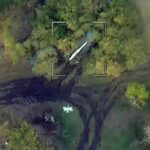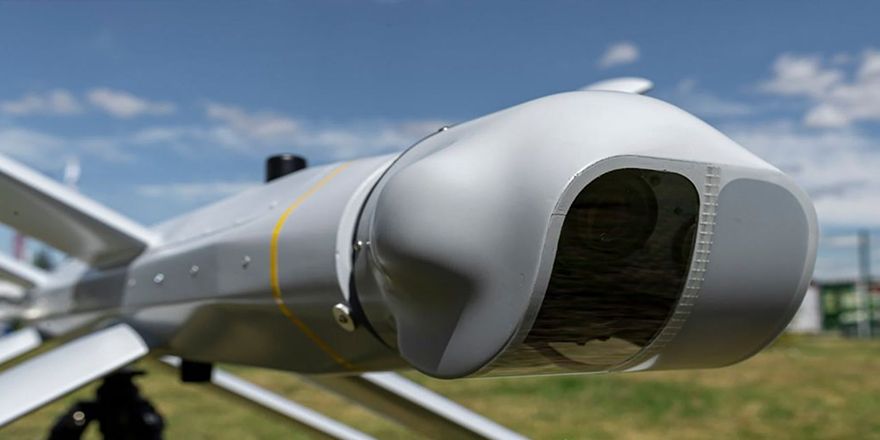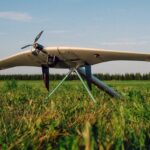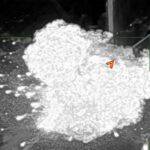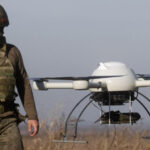Unmanned aerial vehicles (UAVs) of ZALA Aero company are actively used in the area of special military operation. ZALA Z-16 drones in conjunction with the Lancet perform reconnaissance, fire correction and weapons use control. This allows to achieve higher efficiency in solving the assigned tasks. Moreover, almost all videos demonstrating the defeat of targets with the help of the Lancet are recorded with the help of the Z-16.
At the same time, the popularity and demand for unmanned aviation in the civil sphere, including for scientific research in the high North and South Polar latitudes, is growing avalanche-like. In this regard, ZALA will test the Z-16 model in Antarctic conditions, where the use of traditional methods of data collection is difficult.
The ZALA Z-16 ARTIC will be the second UAV after the ZALA Z-08, which was previously successfully tested in extreme conditions. The drone has excellent performance and is equipped with a high-quality video camera with a high-definition, high-resolution thermal imager. In January 2024, the Z-16 will be sent to Antarctica, where experts from the Arctic and Antarctic Research Institute (AARI) will test its use in the approaching Antarctic autumn with strong winds, low temperatures, snow and blizzard conditions.

The co-operation between the AARII and ZALA on the use of UAVs to explore the Arctic and Antarctic regions began in 2019. For these purposes, the ZALA Z-08 special-purpose drone of the ARTIC series was used, which proved to be extremely reliable and efficient in operation, it was successfully used near the North Pole and earned the trust of experts, as it can withstand temperatures down to -50°C and strong winds, and does not require special conditions for launching. It was also used to successfully carry out comprehensive surveys of the Antarctic coastline, collect valuable data on the state of the ice cover and the dynamics of its change.
ZALA Z-16 is launched from a pneumatic launcher and is a more advanced model of the BVS, which has a number of advantages compared to Z-08. First of all, it has an increased radio range of more than 75 kilometres and a flight time of at least 4 hours. The maximum mass of the BVS is 10.5 kg and the wingspan is 2 m 81 cm. The ZALA Z-16 can be equipped with various payloads, which makes it suitable for a wide range of research missions. The expansion of ZALA Aero’s cooperation with the AARI is planned to start with training new specialists of the Institute as BVS operators at the training centre. Having obtained the necessary control skills, the scientists will start operating the ZALA Z-16.
The use of ZALA UAVs enables specialists and specialised organisations to conduct high-precision aerial photography, process images and create maps of the area. In addition, UAVs are used to monitor hazardous natural processes such as lake overflow, glacier melting, etc. The ZALA UAVs are also used for monitoring of hazardous natural processes. Based on the data obtained from the UAVs, scientists have obtained valuable information on changes affecting the global climate, such as shifting ice fields.

